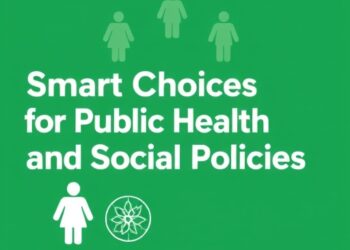New research from the University of Missouri School of Medicine and the NextGen Center for Influenza and Emerging Infectious Diseases reveals how during the first year of the COVID-19 pandemic, disease monitoring efforts focused more on cities and urban centers, compared to rural areas. In these blind spots, though, variants of the virus were quietly evolving.
From its emergence in 2019, severe acute respiratory coronavirus 2 (SARS-CoV-2), the virus causing COVID-19, demonstrated an ability to quickly evolve into variants that could more easily spread and infect people. With few eyes on rural communities, it’s likely that by the time new variants were detected in urban areas, it was already widespread throughout the country, or even the globe.
“Our data suggests that at least seven unique variants were circulating in rural Missouri in the early stages of the pandemic, four of which were later found in samples in other countries,” said study author Henry Wan.
Henry Wan is a Curators’ Distinguished Professor of Molecular Microbiology and Immunology, Veterinary Pathobiology, Electrical Engineering and Computer Science, and received his doctorate in 2002. He leads a team at the NextGen Center for Influenza and Emerging Infectious Diseases that analyzed respiratory samples collected in the first year of the pandemic, in both rural and urban Missouri, looking into how and where new variants emerged and how far they spread.
“Understanding how emerging disease variants evolve, change and spread, particularly among non-urban populations, is essential for creating timely and relevant public health strategies,” Wan said. “This is true for COVID-19 and other infectious diseases that can evolve in unique ways.”
Based on their findings, Wan’s team recommends that in addition to urban populations, disease monitoring should also go toward actively including rural populations. These efforts can help identify the source of variants as they emerge and allow for timely, regional interventions.
Although more research is needed to determine the different sources and transmission routes of COVID-19 variants, this study offers insight into the essential role that rural communities play in the emergence and spread of new variants.
As COVID-19 cases continue to rise and variants continue to evolve and spread, it’s important to identify at-risk patients before their health declines for early interventions. Wan and his team also developed a model to predict a patient’s chances of requiring further care, like hospitalization or intubation. It also looks at the chances of developing long COVID.
“These personalized risk assessment models will allow physicians to take care of at-risk patients that may need closer monitoring or early treatment,” Wan said. “This can improve their outcomes and could avoid death.”
Immunosuppression, acute respiratory distress, cardiovascular disease, age and rural residence were some of the factors associated with hospitalization, which validates past research into COVID-19 risk factors.
“Rural populations facilitated early SARS-CoV-2 evolution and transmission in Missouri, USA” was published in npj Viruses. The first author is Cynthia Tang, a former student who earned her PhD at the University of Missouri. In addition to Wan and Tang, the research team from the University of Missouri included Jane McElroy, PhD, professor of family medicine; Detlef Ritter, MD, and Richard Hammer, MD, professors of clinical pathology; Christopher Sampson, MD, professor of emergency medicine; Tricia A. Haynes, a medical school student. Additionally, the research was a joint effort with colleagues from the Walter Reed Army Institute of Research and St. Jude Children’s Research Hospital.
“Prediction models for COVID-19 disease outcomes” was recently published in Emerging Microbes & Infections, and the first author was also Tang. Alongside her, Wan collaborated on this study with McElroy and worked with Cheng Gao, Kritika Prasai and Shreya Dash, who work in the Wan lab at the NextGen Center for Influenza and Emerging Infectious Diseases. Tao Li and Jun Hang from the Walter Reed Army Institute of Research also contributed.




